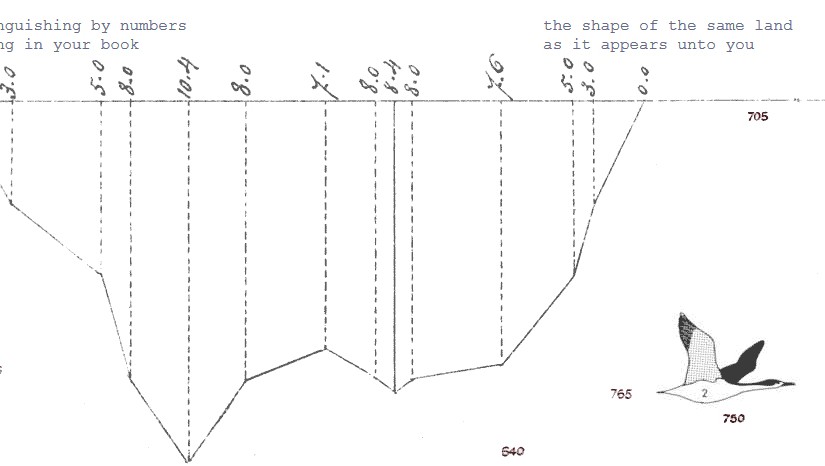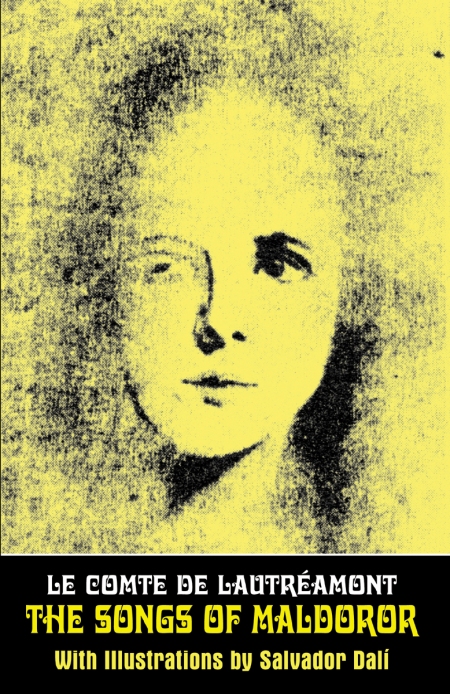Last Wednesday 20 January 2016 I attended the New Media Writing Prize Awards Ceremony at Bornemouth University where it was announced that I’ve won the inaugural Dot Award. This new annual prize sponsored by if:book UK, a charitable company exploring the future of the book and digital possibilities for literature. As well as funding the New Media Writing Prize, if:book set up the Dot Award in memory of writer and designer Dorothy Meade. The Dot Award aims to support writers using the web in imaginative and collaborative ways. The prize is awarded not for a finished project but rather for an idea, a proposal for project which, in the judges’ opinion, shows promise. The prize itself comprises £500, technical and creative support, and promotion of the completed work.
I am delighted to have won this inaugural Dot Award on the basis of a proposal to create a new web-based (tablet compatible) piece called This is A Picture of Wind. This work will expand upon a short text written for a print anthology due out in Canada later this year. This text was written in response to the storms which battered South West England in early 2014, resulting in catastrophic flooding in Somerset and the destruction of the seawall and rail line at Dawlish in Devon. Following the news in the months after these storms, I was struck by the paradox presented by attempts to evoke through the materiality of language a force such as wind which we can only see indirectly through its affect. I began to explore weather, and wind in particular, in all its written forms. I have been collecting language pertaining to wind from current news items as well from as older almanacs, private weather diaries, and past forecasts held at the Met Office Library and Archive in Exeter. I have also been studying classical ideas of weather. For example, in his epic poem De rerum natura, the Roman poet Lucretious writes: “The wind burst open the cloud, and out falls that fiery whirlwind which is what we in our traditional language term a thunderbolt.”

This award will help me develop a simple yet stable web interface to combine these diverse archival and classical materials with my own quotidian narrative of the storm events of early 2014, live weather data and maps, and text scraped from Twitter. I do not know yet exactly what form the final work will take, only that it will attempt to address climate change by picturing through language and data the absences left by wind.















